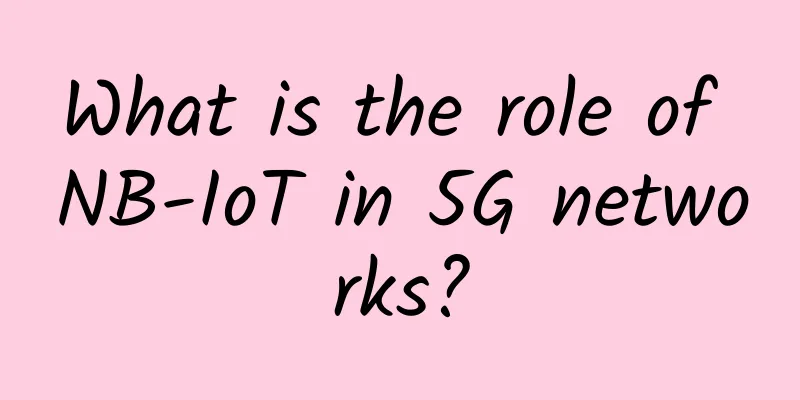5G optical fiber product network construction requirements

|
5G is a leading technology in the new generation of information and communication technology. At the same time, as an important factor in promoting the development of the industrial Internet, 5G technology is both a new opportunity and a huge challenge. It is worth mentioning that in the process of transformation from informatization and automation to digitalization and intelligence, industry customers are actively embracing 5G technology. At the same time, 5G network construction has put forward higher requirements for optical fiber and cable products. This article only explains the application requirements of 5G network construction for optical cable products from the perspective of optical cable applications. 5G network construction requirements for optical fiber: 1. Front-endSince there are a large number of optical fiber resources in the front-end network that require pipeline laying resources, G.657.A2 with high bending resistance is a suitable choice in this scenario. 2. Convergence LayerThe transmission distance does not exceed 80km, but it is necessary to aggregate all data traffic at the access layer of the 5G metropolitan area network. The line interface bandwidth will reach 200Gbps, usually using 200G gray optical modules or N*100G color optical modules, and G.652.D optical fiber or laying new optical fiber. 3. Core layerThis is the last level of the metropolitan area network, which will be directly connected to the provincial backbone network and connected to the backbone network upward. Obviously, among all the levels of the metropolitan area network, it is the layer that handles the most traffic. The core layer of the 5G metropolitan area network generally adopts a ring network or a dual uplink network, and the peak bandwidth of the line interface will be increased to 400Gbps. Usually 400G gray optical modules or N*400G color optical modules are used, and the transmission distance is not large. If it exceeds 80 kilometers, the low-cost and high-bandwidth G.652.D optical fiber can still be used. 4. Relay FiberCompared with the metropolitan area network, the transmission distance of the provincial backbone network is much longer, generally reaching tens to hundreds of kilometers. The peak bandwidth of the line interface will be increased to 400Gbps, using 400G gray optical modules or N*400G color optical modules. In terms of transmission, compared with traditional G.652 optical fiber, G.654.E optical fiber has obvious advantages in non-electrical relay distance, so low-attenuation G.654.E optical fiber is currently the best choice. 5. Data CenterWith the acceleration of network cloudification and enterprise cloud migration, data centers will become the focus of 5G development. As data centers continue to increase their demand for network bandwidth, the internal transmission rate of data centers has evolved from 1G/10G to 25G/100G and 200G/400G, and multi-wavelength multiplexing technology that supports high bandwidth performance and favorable bending performance is also required. At this time, bend-insensitive OM4 and OM5 multimode optical fibers have become popular optical fibers for data center construction. Summarize5G promotes emerging technologies such as smart cities, smart cars, mobile Internet of Things, virtual reality, etc. into our lives. All of these must be supported by a strong and stable network. In order to meet the higher requirements of richer 5G applications, operators are replanning and designing existing networks. Similarly, the new network architecture has also put forward new requirements for optical fiber cables. As the basic physical layer, optical fiber cables must not only meet current application requirements, but also adapt to future development needs. |
<<: Really "understand" the gameplay of HTTP protocol body
>>: Is Your Ethernet Cable Faulty? Signs to Watch Out For
Recommend
Transition technology from IPv4 to IPv6
As IPv4 addresses are about to be exhausted, the ...
The pain of 5G mobile phone "weight loss": What is the difficulty in lightweight design?
"The return of thin and light design is part...
National Day promotion: CUBECLOUD 30% off/Olu Cloud VPS 20% off/Asia Cloud 20% off/Varidata Hong Kong Cloud Server 50% off
73 years of prosperity, building dreams of thousa...
5G acceleration and VR mobility: what changes will digital audio-visual content undergo?
Every innovation in media technology drives the s...
The new round of 5G construction blueprint is being drawn up, and the "multiplication effect" highlights the acceleration of industrial transformation
According to the "5G Industry Development Wh...
Tencent: Fully opening up 5G capabilities to build a "new connection" in the digital era
As an important part of the new infrastructure, 5...
EtherNetservers: $14.95/year-1GB/40G SSD/1TB@10Gbps/Los Angeles & New Jersey & Miami & Germany data centers
While other vendors are offering KVM, EtherNetser...
Recommend an operation and maintenance tool: a tool for collecting AD domain environment information
Project Introduction ADRecon extracts and consoli...
The United States suddenly announced measures to "clean up the Internet" and explicitly named Huawei and BAT
This article is reprinted with permission from AI...
With 5G commercial licenses issued ahead of schedule, how should we respond to the challenges that follow?
On the eve of the Dragon Boat Festival, the Minis...
spinservers: $99/month 1Gbps unlimited traffic - E3-1280v5, 32G memory, 1T NVMe hard drive, Dallas data center
Last week we shared information about spinservers...
How did Beiming Software and Huawei achieve new highs in cooperation performance?
[51CTO.com original article] In the context of th...
5G and the Internet of Things: A New Era of Digitalization
There is no doubt that 5G mobile networks will be...
TCP/IP, UDP, HTTP, MQTT, CoAP: five IoT protocols
For software companies, the IoT model brings deci...
An automation-first approach to network predictability
An automation-first approach is one of the most e...









